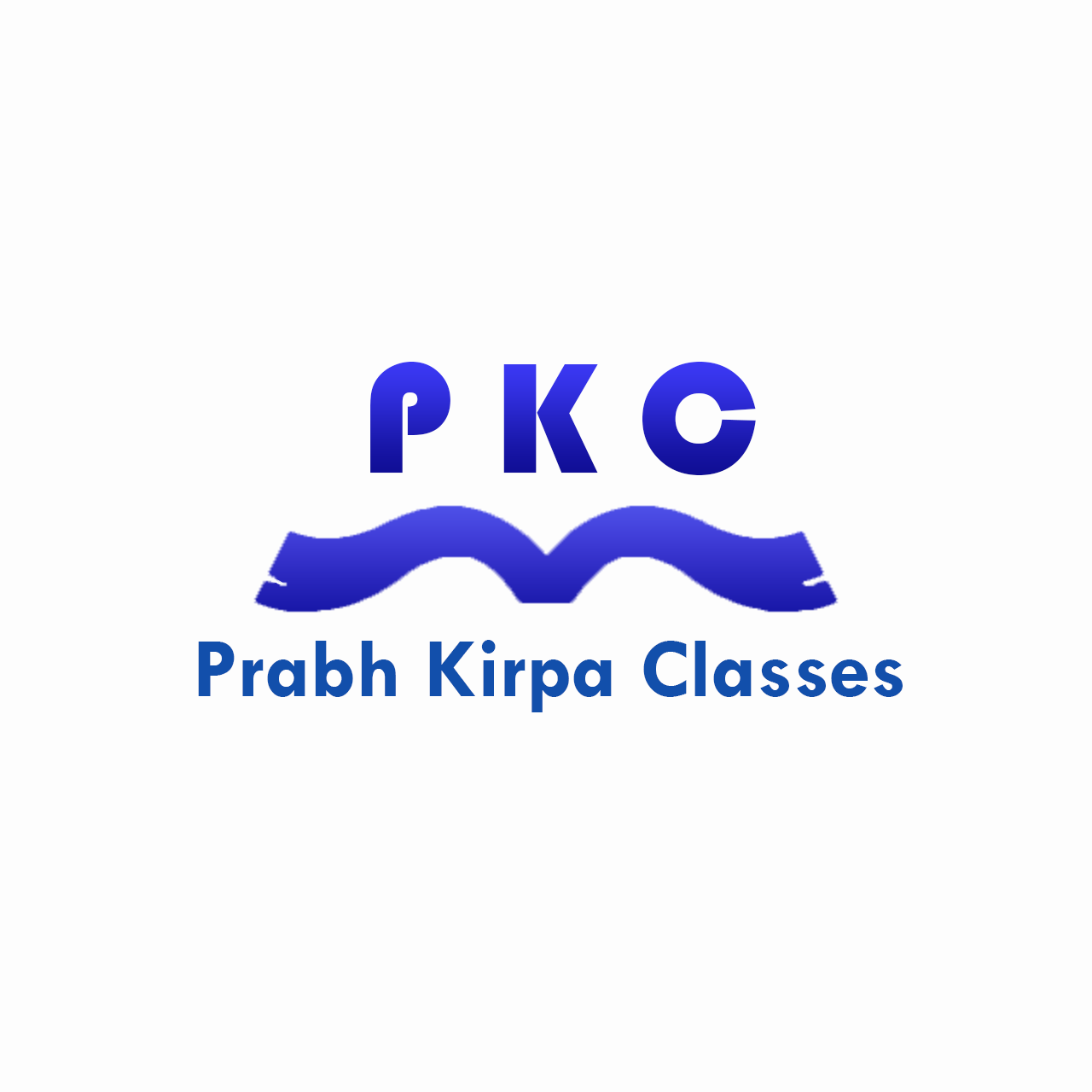Transfer of Heat -Conduction, Convection & Radiation Class 7
Transfer of Heat -Conduction, Convection & Radiation Class 7
Lectures -6
Duration -1 hours

Get your team access to 10000+ top Tutorials Point courses anytime, anywhere.
Course Description
Q.1. State similarities and differences between the laboratory thermometer and the clinical thermometer.
Q.2. Give two examples each of conductors and insulators of heat.
Q.3. Fill in the blanks :
(a) The hotness of an object is determined by its __________.
(b) Temperature of boiling water cannot be measured by a _____________ thermometer.
(c) Temperature is measured in degree ______________.
(d) No medium is required for transfer of heat by the process of __________.
(e) A cold steel spoon is dipped in a cup of hot milk. Heat is transferred to its other end by the process of ______________.
(f ) Clothes of ______________ colours absorb more heat better than clothes of light colours.
Q. 4. Match the following :
(i) Land breeze blows during (a) summer
(ii) Sea breeze blows during (b) winter
(iii) Dark coloured clothes are preferred during (c) day
(iv) Light coloured clothes are preferred during (d) night
Q.5. Discuss why wearing more layers of clothing during winter keeps us warmer than wearing just one thick piece of clothing.
Q.6. Look at Fig.4.13 Mark where the heat is being transferred by conduction, convection, and radiation.
Q.7. In places of hot climate, it is advised that the outer walls of houses be painted white. Explain.
Q.8. One liter of water at 30°C is mixed with one liter of water at 50°C. The temperature of the mixture will be
Q.9. An iron ball at 40°C is dropped in a mug containing water at 40°C. The heat will
(a) flow from the iron ball to water.
(b) not flow from iron ball to water or from water to iron ball.
(c) flow from water to iron ball.
(d) increase the temperature of both.
Q.10. A wooden spoon is dipped in a cup of ice cream. Its other end
(a) becomes cold by the process of conduction.
(b) becomes cold by the process of convection.
(c) becomes cold by the process of radiation.
(d) does not become cold.
Q.11. Stainless steel pans are usually provided with copper bottoms. The reason for this could be that
(a) copper bottom makes the pan more durable.
(b) such pans appear colorful.
(c) copper is a better conductor of heat than stainless steel.
(d) copper is easier to clean than stainless steel.
Prerequisites
What are the prerequisites for this course?
- The aim of the course is to ensure that the students are able to understand the topic of Heat in a very easy manner.

Curriculum
Check out the detailed breakdown of what’s inside the course
Transfer of Heat -Conduction, Convection & Radiation Class 7
6 Lectures
-
Introduction 01:37 01:37
-
Heat chapter explained 43:40 43:40
-
State similarities and differences between the laboratory thermometer and the clinical thermometer. 04:21 04:21
-
Give two examples each of conductors and insulators of heat. 02:49 02:49
-
Discuss why wearing more layers of clothing during winter keeps us warmer than wearing 04:40 04:40
-
Look at Fig.4.13 Mark where the heat is being transferred by conduction, by co 07:11 07:11
Instructor Details

Prabh Kirpa Classes
eCourse Certificate
Use your certificate to make a career change or to advance in your current career.

Our students work
with the Best


































Related Video Courses
View MoreAnnual Membership
Become a valued member of Tutorials Point and enjoy unlimited access to our vast library of top-rated Video Courses
Subscribe now
Online Certifications
Master prominent technologies at full length and become a valued certified professional.
Explore Now



 Updated on May, 2024
Updated on May, 2024
 Language - English
Language - English
